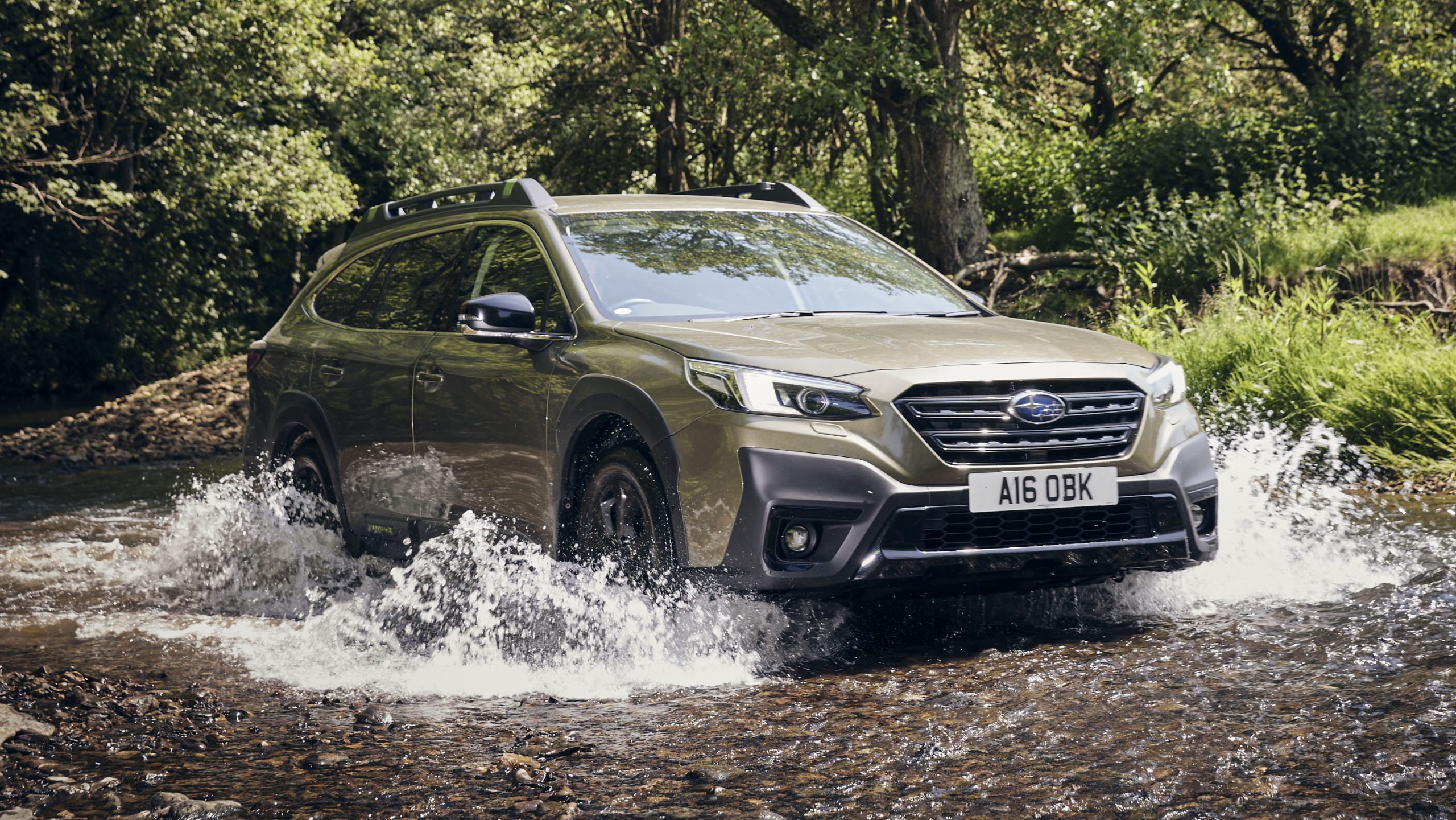Cup holders represent one of those seemingly minor automotive features that can dramatically impact the daily driving experience. While manufacturers have experimented with various designs over the decades, the fundamental divide remains between reliable physical cup holders and problematic retractable systems.
Physical cup holders, molded directly into the dashboard, center console, or door panels, offer unwavering dependability and immediate accessibility.
These fixed designs have proven their worth through decades of use, providing secure beverage storage without mechanical complexity or failure points. Retractable cup holders, while initially appearing sleek and space-saving, have become notorious for their mechanical vulnerabilities.
These spring-loaded, motorized, or sliding mechanisms were designed to maintain clean interior aesthetics when not in use, but their complex engineering often leads to jamming, breaking, or complete failure.
The irony is palpable: a feature intended to enhance convenience frequently becomes a source of frustration for vehicle owners. This comparison examines ten vehicles that exemplify this dichotomy.
Five models showcase the enduring reliability of physical cup holders, demonstrating how simple, well-executed designs continue to serve drivers effectively years after purchase.
The remaining five represent cautionary tales of retractable systems gone wrong, where engineering ambition exceeded practical execution, leaving owners with broken mechanisms and nowhere to securely place their beverages during commutes.
5 Vehicles With Reliable Physical Cup Holders
These practically designed vehicles feature permanently mounted cup holders with robust construction and secure bottle grips that provide reliable beverage storage without moving parts, springs, or mechanisms that can break under normal use conditions.
Their solid plastic or rubber-lined holders accommodate various container sizes through thoughtful sizing and flexible materials that grip securely while allowing easy insertion and removal during daily driving routines.
The combination of strategic placement, durable materials, and maintenance-free operation means drivers enjoy consistent beverage security without worrying about mechanical failures or replacement costs over years of ownership.
From reliable sedans with well-positioned holders to practical trucks with multiple fixed storage options, these vehicles deliver dependable convenience through simple, time-tested designs that prioritize functionality over unnecessary complexity.
1. Toyota Camry (2018-2024)
The Toyota Camry stands as a testament to the philosophy that sometimes the simplest solutions are the most effective. Toyota’s approach to cup holders in the current generation Camry reflects decades of refinement and user feedback, resulting in a system that prioritizes functionality over flashy engineering.
The vehicle features strategically placed physical cup holders throughout the cabin, with the primary holders located in the center console between the front seats.
These cup holders are crafted from durable plastic with a slightly rubberized bottom surface that prevents sliding and reduces noise during vehicle operation.
The design accommodates a wide range of beverage container sizes, from standard coffee cups to large fast-food drinks and water bottles. What makes the Camry’s cup holders particularly noteworthy is their depth and the inclusion of adjustable grips that can expand or contract to secure different container diameters.
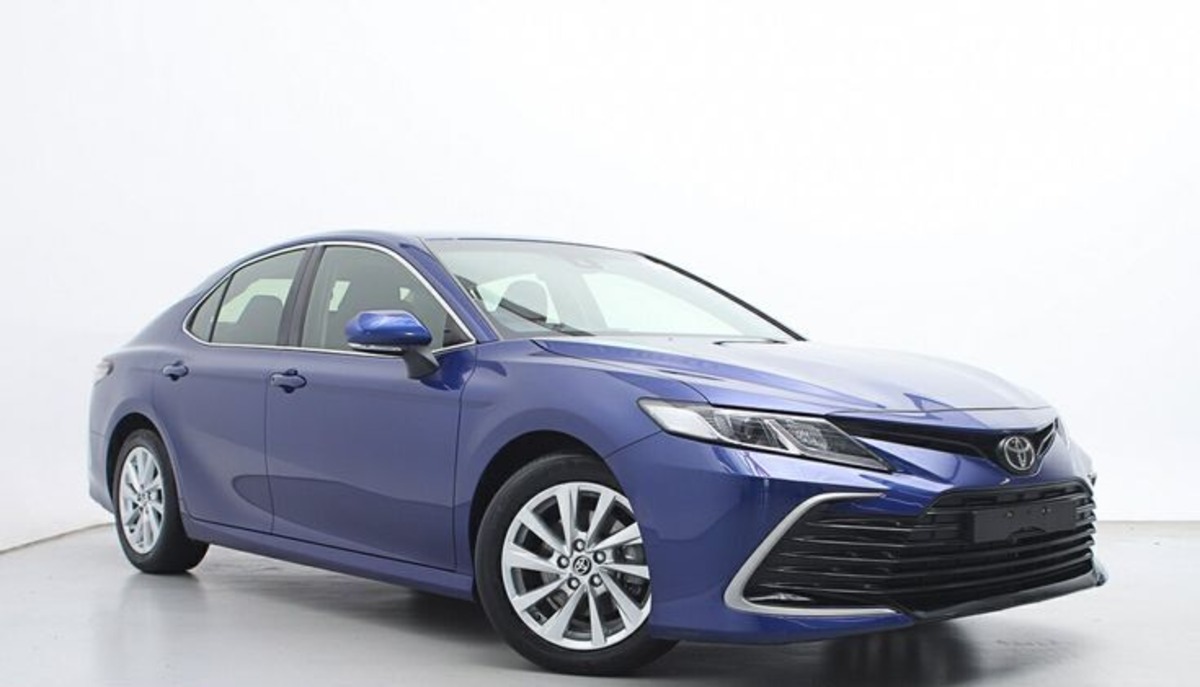
The front cup holders are positioned at an optimal height and angle, allowing drivers to access their beverages without taking their eyes off the road for extended periods.
This ergonomic consideration is crucial for safety, as poorly positioned cup holders can become driving hazards. Additionally, the Camry includes secondary cup holders in the rear center armrest, providing similar functionality for passengers.
Toyota’s commitment to durability is evident in the construction quality. The cup holders are integrated into the console structure rather than being separate insertable pieces, reducing the likelihood of breakage or loss.
The material choice resists staining and is easy to clean, important considerations for a feature that regularly comes into contact with various beverages.
Even after years of use and thousands of miles, Camry owners report that their cup holders maintain their grip strength and structural integrity, a testament to Toyota’s engineering philosophy of building features that last the vehicle’s lifetime.
2. Honda Civic (2016-2021)
Honda’s tenth-generation Civic revolutionized the compact car segment with its sophisticated interior design, and the cup holder implementation exemplifies the brand’s attention to practical details.
The Civic features a dual-zone cup holder system in the center console that combines traditional physical holders with thoughtful design elements that enhance usability without adding mechanical complexity.
The primary cup holders are molded directly into the center console, featuring a unique stepped design that accommodates various container sizes.
This tiered approach allows smaller items like espresso cups to sit securely in the deeper recesses while larger beverages rest on broader platforms.
The holders include flexible fins that automatically adjust to different container diameters, providing secure grip without requiring manual adjustment or complex mechanisms.
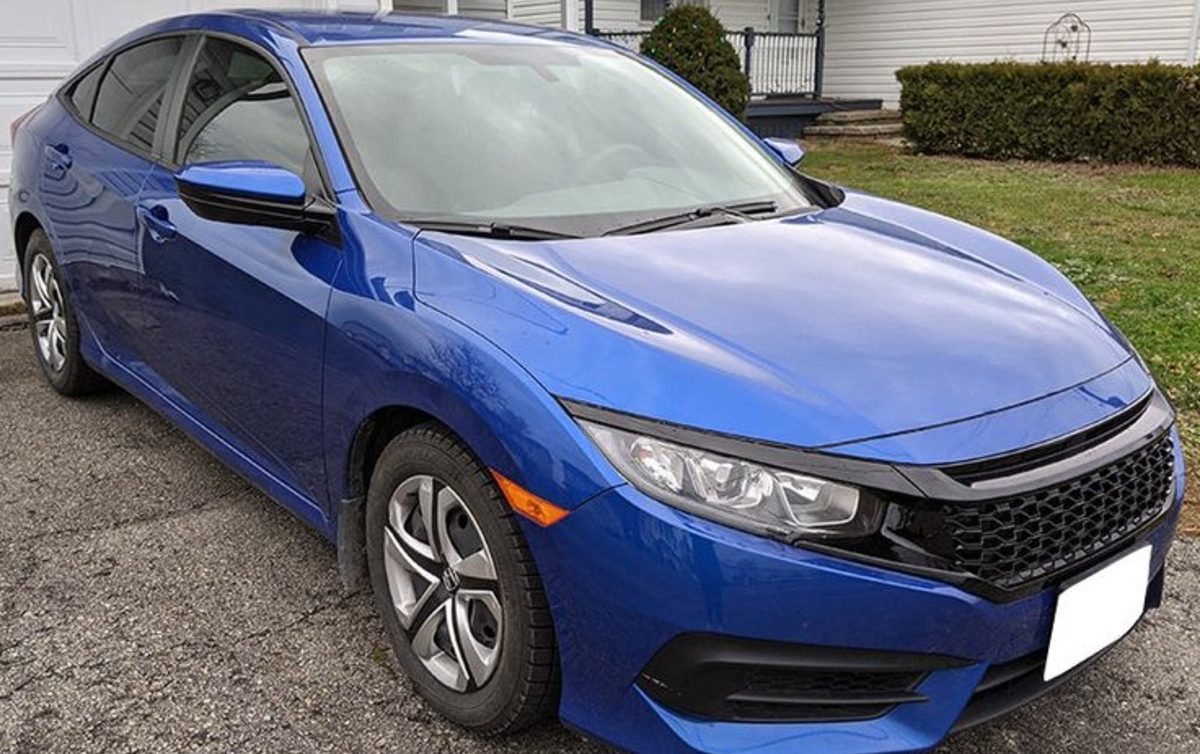
Honda engineers positioned the cup holders with careful consideration of the vehicle’s interior ergonomics. The placement allows both driver and passenger easy access while maintaining optimal proximity to climate control vents, which helps regulate beverage temperature.
The holders are angled slightly forward, making extraction easier and reducing the likelihood of spills during sharp turns or sudden stops. The construction quality reflects Honda’s reputation for durability.
The cup holders are manufactured from high-grade ABS plastic with a textured surface that enhances grip and resists wear. The material choice also provides excellent chemical resistance, important for a component that regularly encounters acidic beverages like coffee and soft drinks. The integration with the surrounding console creates a seamless appearance while ensuring structural strength.
Beyond the primary holders, the Civic includes additional cup storage in the door panels and rear seat armrest. This comprehensive approach ensures that all occupants have convenient beverage storage regardless of seating position.
The consistent design language across all cup holder locations creates a cohesive interior experience while maintaining the practical benefits of physical holders throughout the cabin.
3. Ford F-150 (2015-2020)
The Ford F-150 represents America’s best-selling truck, and its cup holder design reflects the practical needs of working professionals and families who demand reliability from every interior component.
Ford’s approach to cup holders in this generation F-150 emphasizes durability, capacity, and accessibility, recognizing that truck owners often spend extended periods in their vehicles and require dependable beverage storage.
The truck features oversized cup holders in the center console that can accommodate the largest convenience store drinks, travel mugs, and water bottles.
This generous sizing reflects Ford’s understanding of their customer base, who often work long hours and rely on large beverages to stay alert and hydrated. The holders are reinforced with additional structural support to handle the weight of full containers during off-road driving or heavy-duty use.
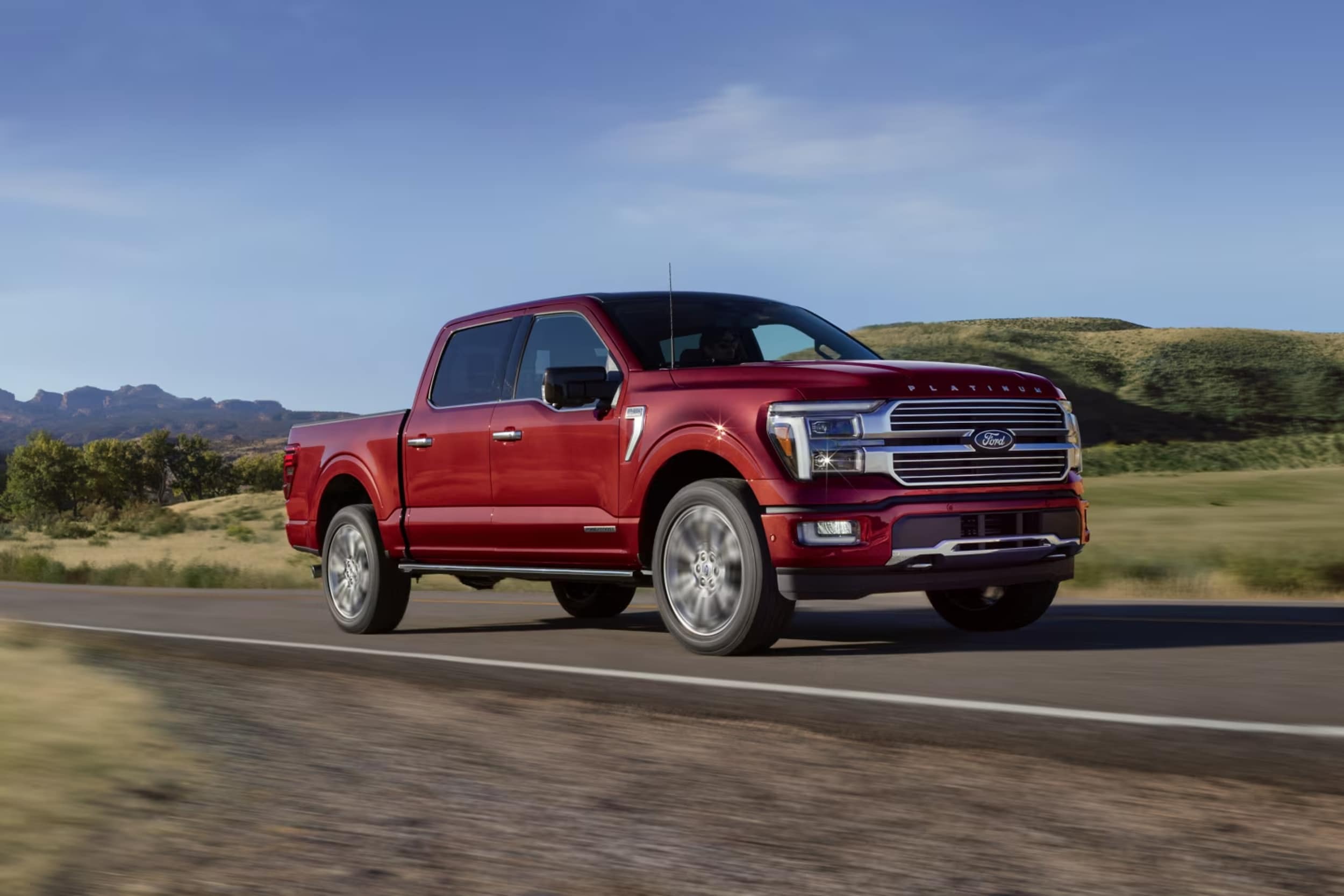
Ford engineered the cup holders with removable rubber inserts that provide additional grip and noise reduction. These inserts can be easily cleaned or replaced if damaged, extending the life of the cup holder system.
The rubber material also provides thermal insulation, protecting the console from hot beverages and preventing condensation from cold drinks from damaging surrounding electronics.
The positioning of the cup holders considers the F-150’s high seating position and spacious cabin. The holders are placed at an optimal height that doesn’t interfere with the gear shifter or other controls while remaining easily accessible to both driver and passenger.
The wide opening and straight-sided design make insertion and removal effortless, even while wearing work gloves. Additional cup holders throughout the cabin include door-mounted holders for rear passengers and fold-down holders in the rear seat armrest.
This comprehensive coverage ensures that all occupants have secure beverage storage, important for a vehicle often used for family trips and work crew transportation. The consistent build quality across all holders demonstrates Ford’s commitment to practical interior design that serves the truck’s intended purpose.
4. Subaru Outback (2015-2019)
The Subaru Outback’s cup holder design embodies the brand’s philosophy of practical engineering for outdoor enthusiasts and families who value reliability over complexity.
Subaru recognized that Outback owners frequently start on extended journeys to remote locations where mechanical failures would be particularly inconvenient, leading to a cup holder design that prioritizes simplicity and durability above all else.
The Outback features deep, well-constructed cup holders in the center console with a unique contoured design that secures beverages during off-road adventures.
The holders include expanding grips that accommodate various container sizes while providing exceptional retention during the vehicle’s characteristic all-wheel-drive excursions over rough terrain. This secure grip prevents spills that could damage interior electronics or create safety hazards during challenging driving conditions.
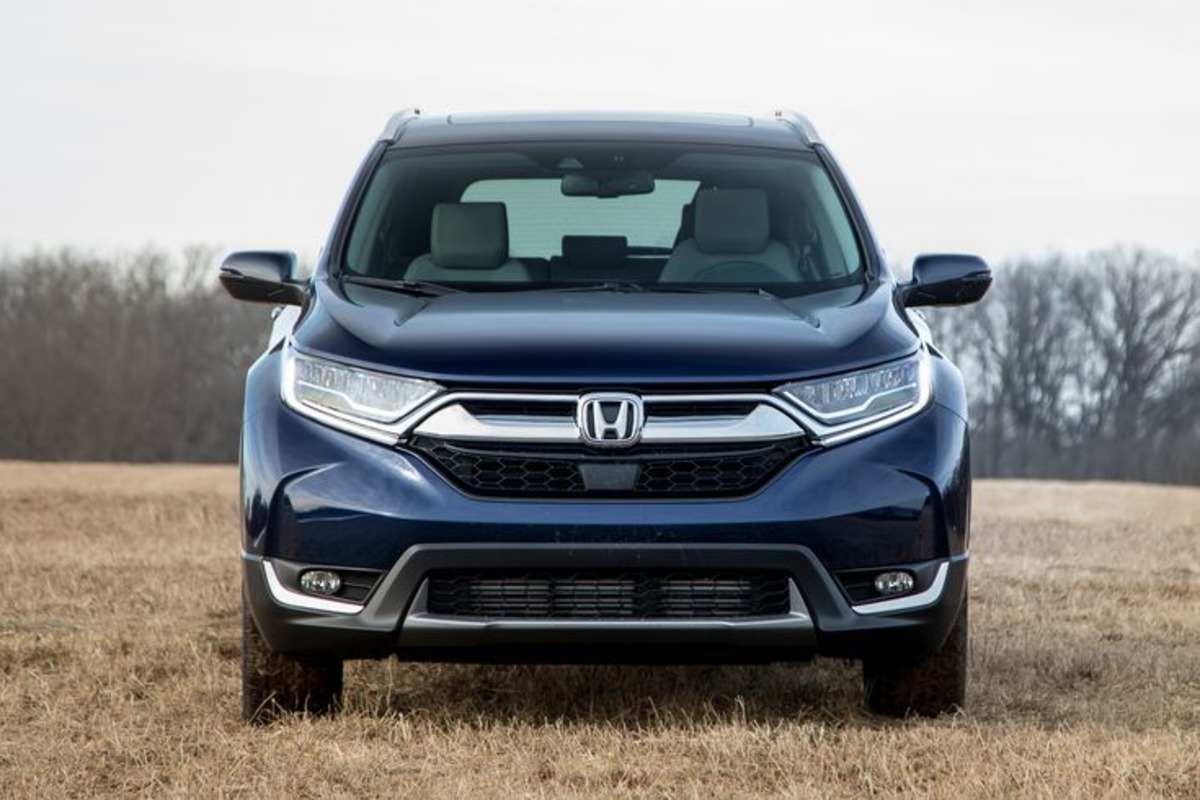
Subaru’s material selection for the cup holders reflects its outdoor-oriented customer base. The holders are constructed from UV-resistant plastic that won’t degrade during extended sun exposure, important for a vehicle often used for camping and outdoor recreation.
The material also resists temperature extremes, maintaining structural integrity whether exposed to freezing winter conditions or summer heat. The ergonomic placement considers the Outback’s adventure-ready interior design.
The cup holders are positioned to remain accessible while wearing heavy outdoor clothing or gloves, with wide openings and smooth edges that prevent snagging. The depth and angle of the holders ensure that beverages remain secure during steep climbs or descents common in mountain driving.
Beyond the primary console holders, the Outback includes strategically placed cup holders in the door panels and rear seating area. Each location maintains the same high build quality and practical design philosophy, ensuring consistent functionality throughout the cabin.
This attention to detail reflects Subaru’s understanding that adventure-seekers rely on their vehicles for extended periods and need interior features that perform reliably regardless of conditions.
Also Read: 5 Models With Basic Lighting vs 5 With Faulty Adaptive Headlights
5. Mazda CX-5 (2017-2022)
The Mazda CX-5 demonstrates how premium interior design can coexist with practical cup holder functionality, creating a system that serves both aesthetic and functional purposes without compromising either aspect.
Mazda’s approach reflects their “Jinba Ittai” philosophy of creating harmony between human and machine, extending this principle to interior component design.
The CX-5 features elegantly designed cup holders in the center console that complement the vehicle’s upscale interior aesthetic while providing exceptional functionality.
The holders are seamlessly integrated into the console design, appearing as natural extensions of the interior architecture rather than afterthought additions. This integration required careful engineering to maintain structural strength while achieving visual harmony. Mazda engineers incorporated subtle design elements that enhance usability without drawing attention to themselves.
The cup holders include graduated sizing that accommodates various container types, with smooth transitions between different diameter zones that prevent binding or difficult insertion. The base of each holder features a slightly textured surface that provides grip without creating cleaning difficulties.
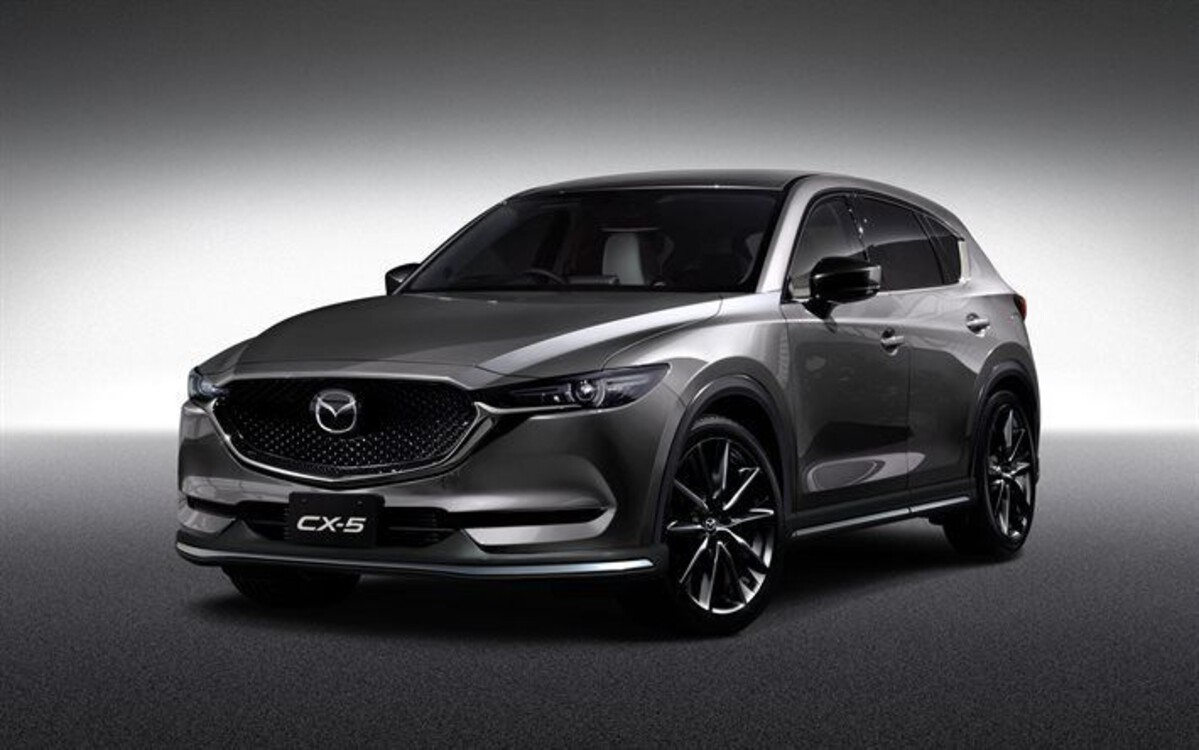
The positioning of the cup holders considers the CX-5’s driver-focused interior layout. They’re placed within easy reach of both front occupants while maintaining clear sightlines to essential controls and displays.
The angle and depth are optimized for single-handed operation, allowing drivers to place or retrieve beverages without significant attention diversion from driving tasks.
Material quality reflects Mazda’s commitment to premium interior finishes throughout its lineup. The cup holders are manufactured from high-grade plastics with consistent color matching and surface finish that coordinates with surrounding interior elements.
This attention to detail ensures that the practical cup holders contribute positively to the interior experience rather than detracting from it.
The CX-5 also includes thoughtfully positioned secondary cup holders for rear passengers, maintaining the same design quality and functional excellence as the primary holders.
This consistency demonstrates Mazda’s holistic approach to interior design, where every component contributes to the user experience while serving its intended practical purpose.
5 Vehicles With Problematic Retractable Cup Holders
These problematic vehicles frustrate owners with fragile retractable cup holder mechanisms that frequently jam, break, or fail to extend properly due to weak springs, brittle plastic components, or debris accumulation in sliding tracks.
Their overly complex mechanical systems incorporate multiple moving parts that wear quickly under normal use, often leaving holders stuck in closed positions or wobbling loosely when extended, compromising both functionality and interior aesthetics.
The combination of expensive replacement costs, difficult repair access, and recurring failure patterns creates ongoing frustration as owners struggle with non-functional storage solutions during routine beverage transport.
From luxury sedans with delicate motorized holders to crossovers with cheaply constructed mechanisms, these vehicles burden owners with unreliable convenience features that transform simple beverage storage into expensive maintenance headaches requiring professional repair or complete replacement.
1. BMW 7 Series (2009-2015)
The BMW 7 Series of this generation represents a cautionary tale of engineering ambition exceeding practical execution, particularly regarding its notorious retractable cup holder system.
BMW’s flagship sedan was designed to showcase the pinnacle of automotive luxury and technology, but the complex cup holder mechanism became one of the most criticized features among owners and automotive journalists alike.
BMW engineers designed an elaborate motorized cup holder system that emerged from the dashboard at the touch of a button. The mechanism was intended to maintain the clean, minimalist aesthetic of the luxury sedan’s interior while providing cup holder functionality when needed.
However, the complex system included multiple moving parts, electric motors, sensors, and delicate mechanical linkages that proved vulnerable to failure over time.
The primary issues with the system began manifesting within the first few years of ownership. The electric motors that powered the extension and retraction mechanism frequently failed, leaving owners with cup holders that either wouldn’t emerge when needed or wouldn’t retract when commanded.
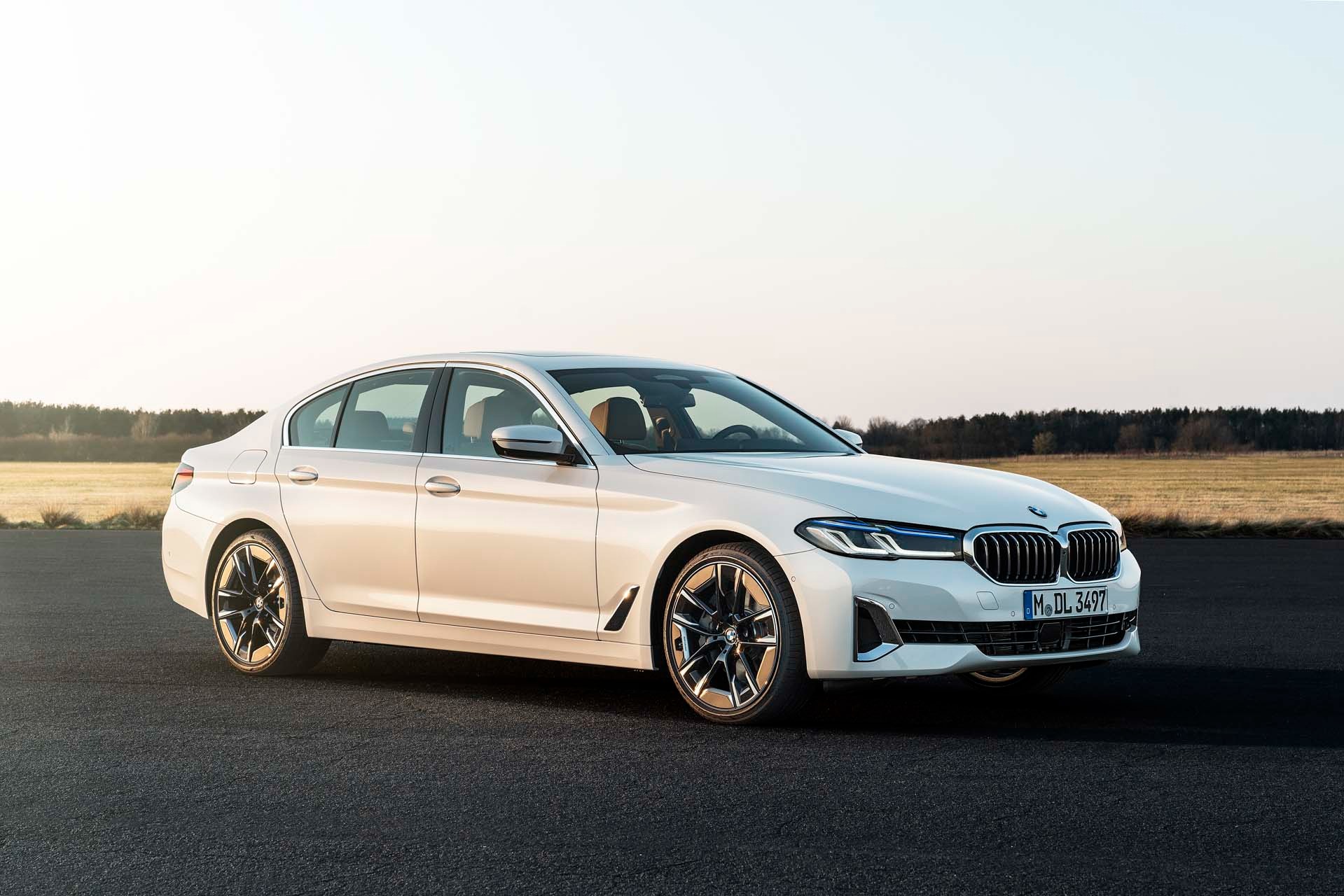
The sensors that detected cup presence often malfunctioned, causing the system to attempt retraction while beverages were still in place, leading to spills and potential damage to expensive interior components.
The mechanical linkages proved particularly problematic, with plastic components breaking under normal use stress. The precise tolerances required for smooth operation meant that even minor component wear could cause binding, grinding noises, or complete system failure.
Many owners reported that their cup holders became permanently stuck in either the extended or retracted position, making them either constantly intrusive or completely unusable.
Repair costs for the system were substantial, often exceeding several hundred dollars for what should be a simple interior feature. The complexity of the mechanism required specialized diagnostic equipment and trained technicians, making even minor repairs expensive and time-consuming.
Many owners chose to live with malfunctioning cup holders rather than face repeated repair bills, highlighting the fundamental flaw in over-engineering such a basic feature.
2. Audi A8 (2010-2017)
Audi’s flagship A8 sedan featured a sophisticated retractable cup holder system that exemplified German over-engineering at its most problematic.
The system was designed to emerge elegantly from the center console, providing a luxurious solution for beverage storage that maintained the vehicle’s pristine interior aesthetics when not in use.
However, the complex mechanism became a source of frustration for owners who experienced frequent failures and expensive repairs. The Audi system employed a combination of electric motors, springs, and precision-machined components to create smooth extension and retraction movement.
The cup holders were designed to emerge with deliberate, controlled motion that conveyed quality and refinement. Unfortunately, this sophisticated mechanism required precise calibration and regular maintenance that many owners neglected, leading to premature failure and malfunction.
Common problems included cup holders that would extend partially and then jam, creating an awkward protrusion that interfered with gear shifting and other console operations.
The retraction mechanism often failed, leaving the holders permanently extended and vulnerable to damage from normal vehicle use. The springs that provided smooth motion frequently lost tension, causing erratic movement or complete failure to extend.
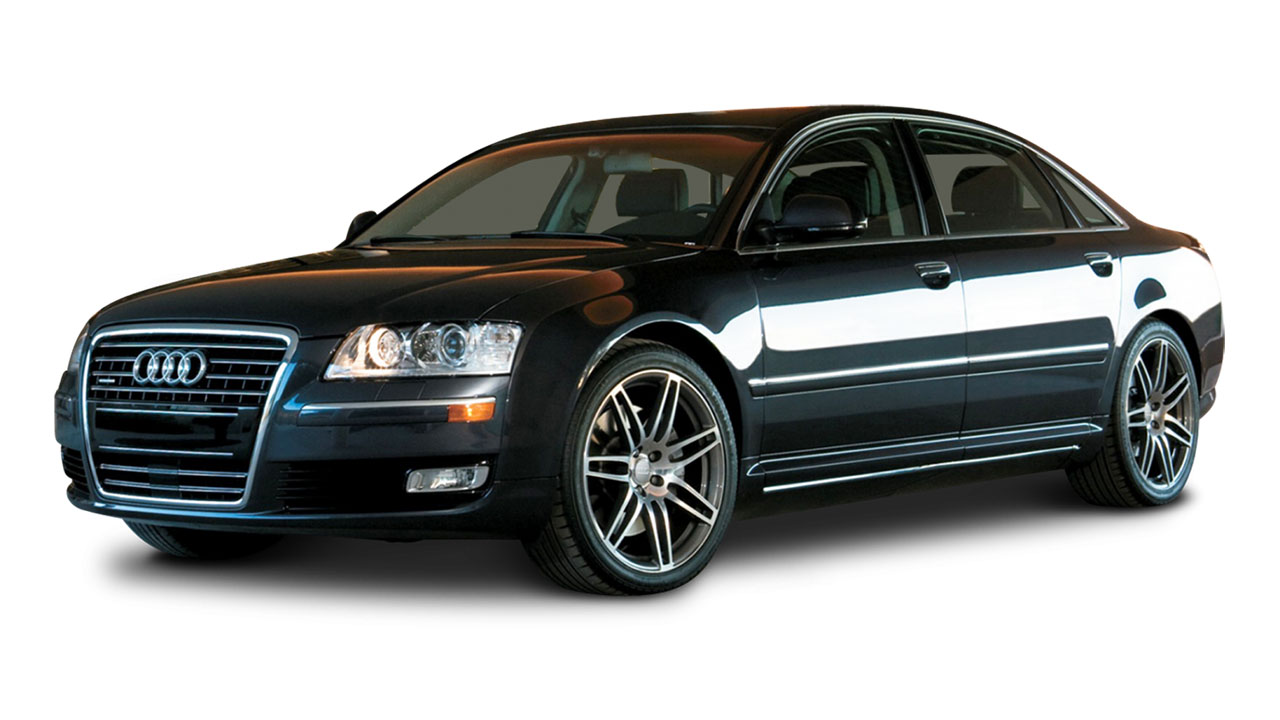
The electronic control systems proved equally problematic, with sensors and control modules failing unpredictably. These failures often resulted in the cup holders attempting to operate at inappropriate times, such as during gear changes or when the vehicle was started.
The integration with the vehicle’s electronic architecture meant that cup holder malfunctions could sometimes trigger broader system errors or warning lights.
Replacement parts for the system were expensive and often required special ordering, extending repair times and increasing costs. The labor-intensive replacement process required significant console disassembly, further inflating repair bills.
Many A8 owners reported spending more on cup holder repairs than they would on some major mechanical components, highlighting the absurdity of the over-complicated design.
The irony of the situation was particularly acute given Audi’s reputation for engineering excellence. A feature intended to showcase German precision engineering instead became a symbol of misplaced priorities, where aesthetic considerations and technological showmanship superseded practical reliability and user satisfaction.
3. Mercedes-Benz S-Class (2007-2013)
The Mercedes-Benz S-Class W221 generation featured an ambitious retractable cup holder system that embodied the brand’s pursuit of technological sophistication but ultimately demonstrated the pitfalls of over-engineering simple solutions.
Mercedes designed the system to complement the S-Class’s position as the pinnacle of luxury automotive engineering, but the complex mechanism became one of the most problematic features in the vehicle’s otherwise impressive interior.
Mercedes engineers created a motorized system that extended cup holders from a hidden compartment in the center console with smooth, whisper-quiet operation.
The mechanism included damped movement, precise positioning sensors, and integration with the vehicle’s ambient lighting system to create a theatrical presentation when activated.
However, this elaborate system required numerous precision components working in perfect harmony, creating multiple failure points that proved problematic over time.
The most common failure mode involved the extension mechanism jamming mid-operation, leaving cup holders partially extended and blocking access to other console controls.
The precise mechanical tolerances required for smooth operation meant that even minor contamination from spilled beverages could cause binding and malfunction.

The damping system, designed to provide luxury-grade smooth movement, frequently failed, causing jerky or erratic motion that could spill beverages during operation.
Electronic failures were equally problematic, with control modules and sensors malfunctioning unpredictably. The system’s integration with the vehicle’s CAN bus network meant that cup holder failures could sometimes affect other vehicle systems or trigger diagnostic error codes.
Some owners reported situations where malfunctioning cup holders prevented the vehicle from starting or caused other electronic systems to behave erratically.
The repair process for the Mercedes system was particularly complex and expensive, often requiring complete center console removal to access failed components.
Specialized diagnostic equipment was necessary to properly calibrate the system after repairs, adding to service costs and complexity. Many Mercedes dealerships reported that cup holder repairs were among their most time-consuming and frustrating service procedures. The financial impact on owners was substantial, with repair costs often exceeding $1,000 for complete system replacement.
The frequency of failures meant that many S-Class owners faced multiple repair events during their ownership period, creating ongoing frustration with what should have been a simple convenience feature. This experience significantly impacted owner satisfaction and contributed to negative perceptions of Mercedes’ reliability during this period.
4. Jaguar XF (2008-2015)
The Jaguar XF represented the British luxury brand’s ambitious attempt to compete with German rivals through technological sophistication and innovative interior design.
The vehicle’s retractable cup holder system exemplified Jaguar’s commitment to creating dramatic, attention-grabbing features, but the execution proved problematic and unreliable, undermining the brand’s luxury credentials and frustrating owners who expected dependable operation from expensive vehicles.
Jaguar’s design team created a motorized cup holder system that emerged from the dashboard with theatrical flair, complete with coordinated lighting and smooth mechanical movement intended to showcase British engineering prowess.
The system included multiple electric motors, precision linkages, and sophisticated control electronics that worked together to create an impressive display of mechanical choreography. However, this complex system proved vulnerable to numerous failure modes that plagued owners throughout the vehicle’s production run.
The primary mechanical issues centered around the motor assemblies that powered the extension and retraction cycles. These small electric motors operated under significant mechanical stress and frequently failed, leaving cup holders stuck in various positions.
The failure often occurred gradually, with motors becoming progressively weaker until they could no longer complete their operation cycles, creating frustrating situations where cup holders would partially extend or retract.
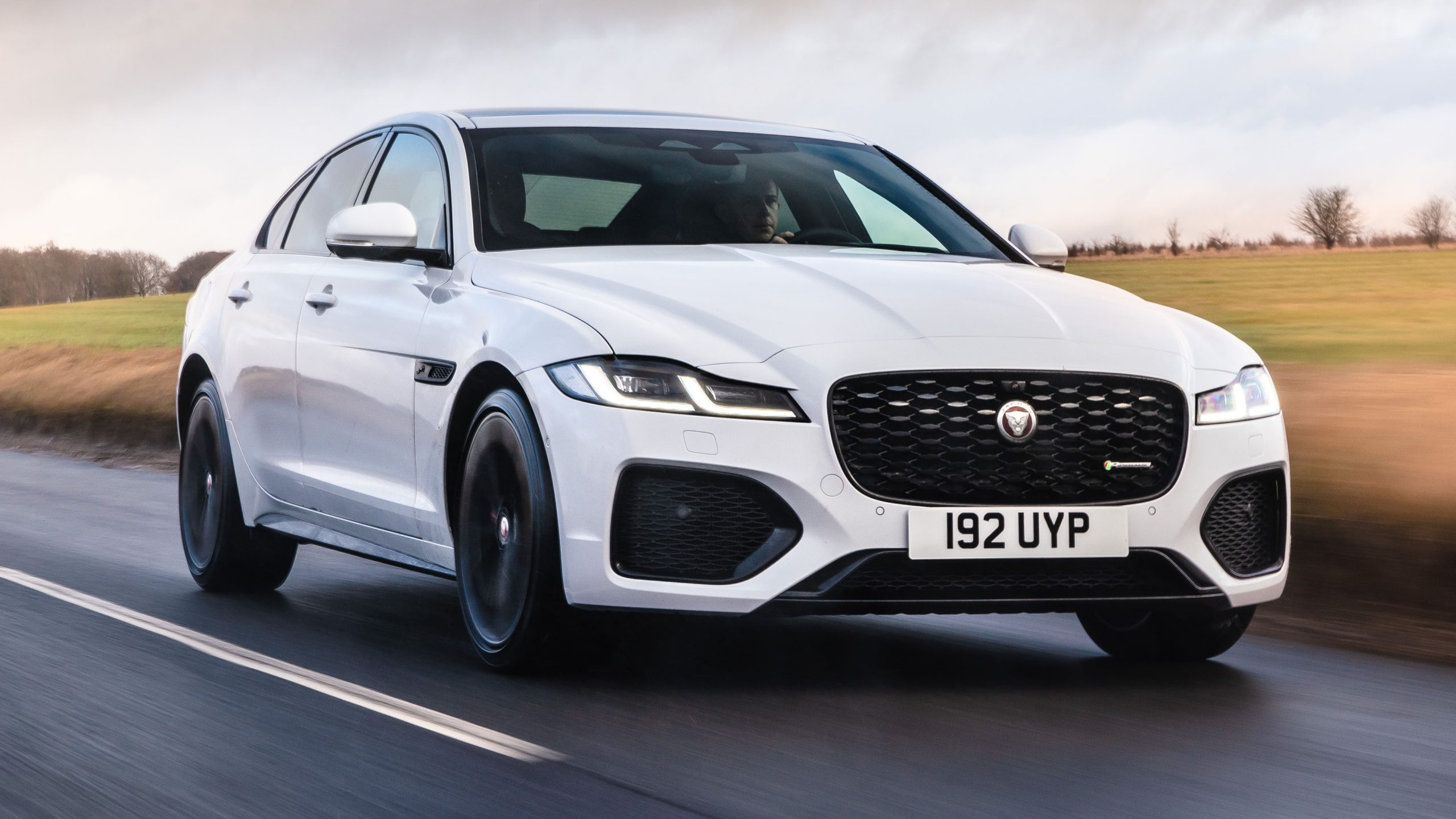
The mechanical linkages proved equally problematic, with plastic and metal components wearing prematurely under normal use conditions. The precise tolerances required for smooth operation meant that even minor component wear could cause binding, noise, or complete system failure.
The theatrical smooth movement that characterized proper operation quickly degraded into jerky, grinding motion as components deteriorated. Electronic control systems added another layer of complexity and potential failure.
The sophisticated sensors and control modules required to coordinate the cup holder operation frequently malfunctioned, causing erratic behavior or complete system failure.
Some owners reported cup holders that would operate randomly, extending or retracting without user input, while others experienced systems that became completely unresponsive to control inputs. The repair experience for XF owners was particularly frustrating due to parts availability and service complexity.
Jaguar’s relatively small dealer network meant that specialized service was often inconvenient, and the complex nature of repairs required significant technical expertise that wasn’t always available. Many owners reported extended service intervals and multiple repair attempts before achieving satisfactory operation, if at all.
5. Cadillac STS (2005-2011)
The Cadillac STS represented General Motors’ ambitious attempt to compete in the luxury sedan segment through technological innovation and sophisticated interior features.
The vehicle’s retractable cup holder system was intended to demonstrate American engineering creativity and attention to luxury details, but the execution proved deeply flawed, creating ongoing reliability issues that damaged the brand’s credibility and frustrated owners who expected dependable operation from premium vehicles.
Cadillac engineers designed a spring-loaded retractable system that was meant to provide elegant cup holder functionality while maintaining clean interior aesthetics when not in use.
The mechanism relied on complex spring tensions, mechanical linkages, and precise tolerances to operate smoothly and reliably. However, the system proved vulnerable to numerous failure modes that manifested early in the vehicle’s life cycle and persisted throughout its production run.
The spring mechanisms that powered the cup holder extension frequently lost tension or broke completely, leaving holders stuck in various positions or creating erratic operation.
The springs were sized to provide smooth, controlled movement, but this required precise calibration that proved difficult to maintain over time. Temperature variations, normal wear, and contamination from spilled beverages all contributed to spring degradation and system failure.
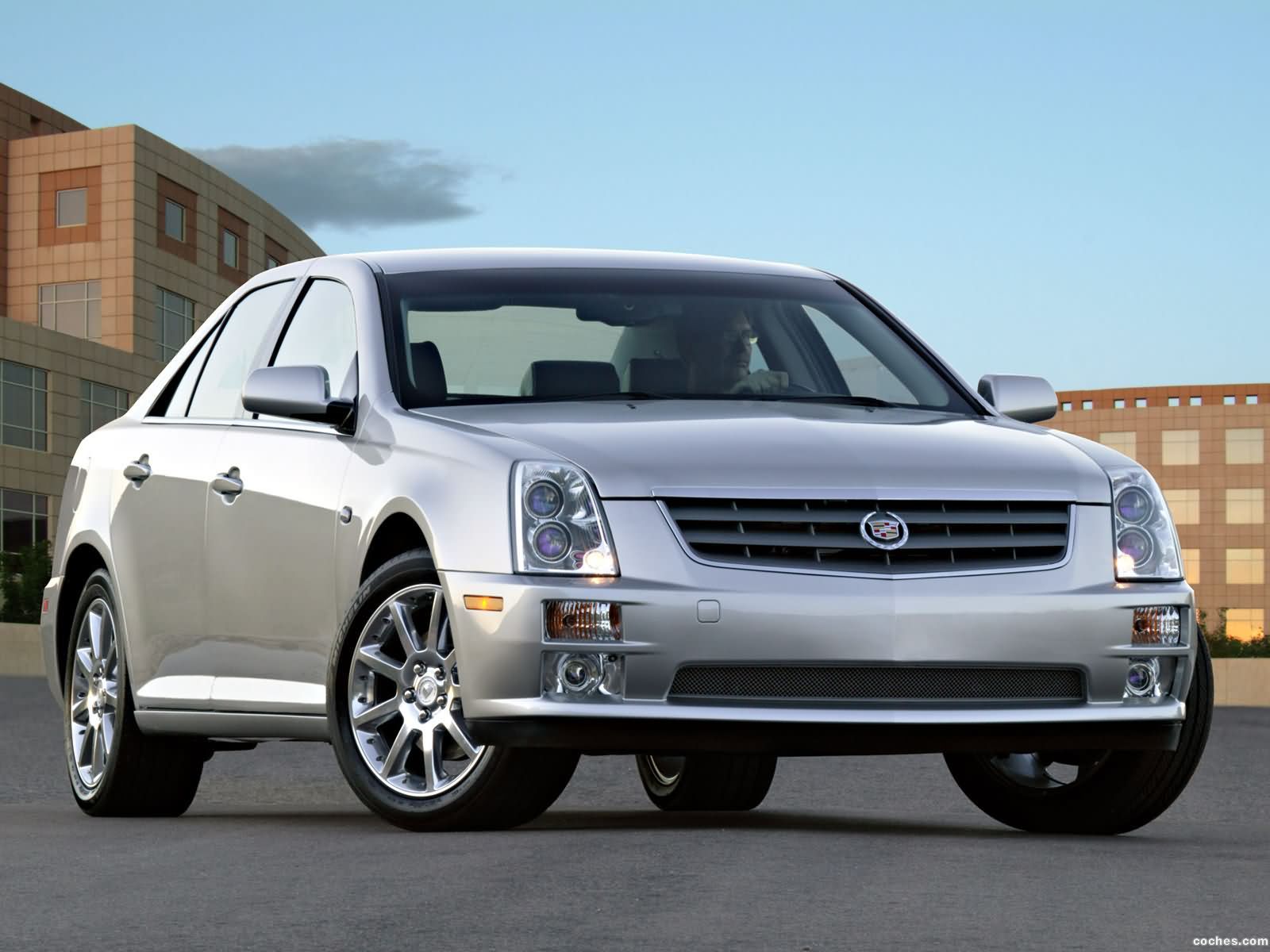
Mechanical linkages proved equally problematic, with pivot points and sliding components wearing prematurely under normal use conditions. The system’s design required multiple moving parts to work in coordination, creating numerous wear points where failure could occur.
Even minor component degradation could cause binding, resistance, or complete jamming that rendering the entire system inoperable. The plastic components used throughout the mechanism proved particularly vulnerable to stress cracking and fatigue failure.
The materials chosen for cost and weight considerations couldn’t withstand the repeated stress cycles of normal cup holder operation, leading to premature failure and the need for frequent replacements. Many owners reported plastic fragments breaking off inside the mechanism, causing further damage and complicating repairs.
The service experience for STS owners was complicated by the system’s integration into the center console structure, requiring significant disassembly for repairs.
The labor-intensive repair process, combined with frequently failing replacement parts, created ongoing service costs that many owners found unacceptable for what should have been a simple convenience feature. This experience contributed to negative perceptions of Cadillac reliability and influenced purchasing decisions for subsequent vehicle purchases.
Also Read: 5 Cars Without Touch-Sensitive Surfaces vs 5 With False Touches

